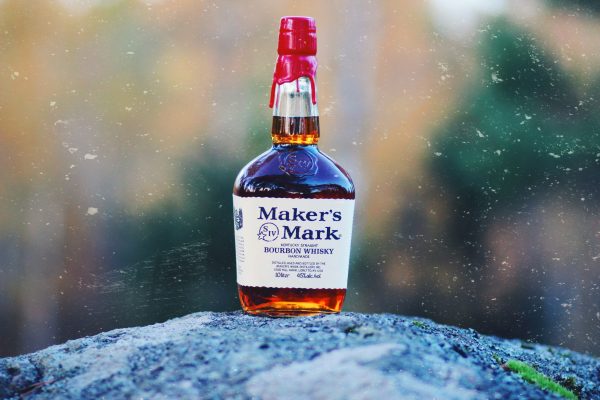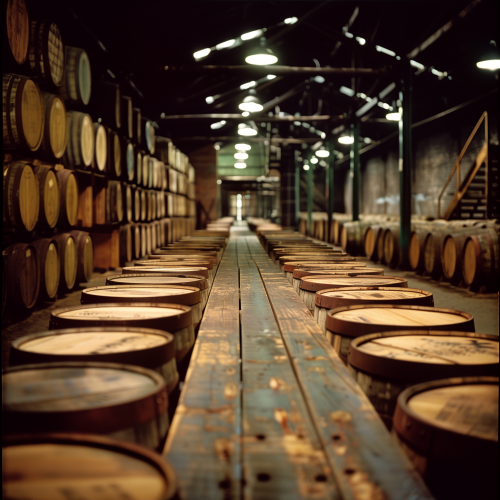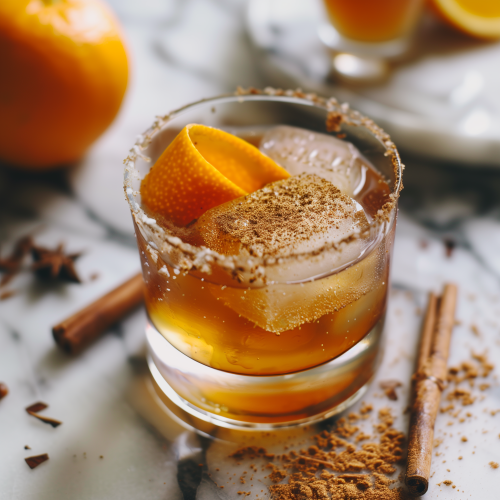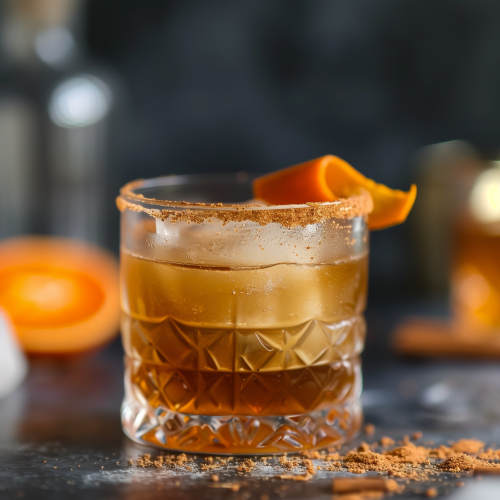

Whiskey has continued to grow in popularity over the years, and it doesn’t look like it’s going to slow down anytime soon!
Within the whiskey category, two of the most celebrated types are bourbon and rye. People often confuse them for each other, and since it’s National Bourbon Month, I thought I’d go through the basic distinctions between these (mostly) American whiskeys.
Table of Contents:

Photo by John Fornander via www.unsplash.com
These two styles have distinct characteristics, histories, and flavor profiles that appeal to different tastes. While bourbon is often praised for its rich, sweet notes, rye is celebrated for its spicy, bold flavors. Understanding what sets these two apart from each other can elevate your appreciation and enjoyment of these popular spirits.
About a decade or so ago, rye was so popular that it was almost impossible to find a consistent supplier of rye for many bars! Bourbon, on the other hand, has long been an all-American spirit with a dedicated following, known for its smooth and complex taste. They both have their specific qualities that make whiskey lovers loyal to one or the other.
OK, that’s a really long intro– Whew! So now let’s just jump into some of the key differences between bourbon and rye, exploring what makes each type of whiskey unique.
Bourbon whiskey must adhere to strict regulations that contribute to its distinctive flavor profiles. Here are the key legal requirements for bourbon:

Copyright A Bar Above, generated with AI
Charred oak barrels impart rich, complex flavors like vanilla and caramel to bourbon. The 49% of other grains can significantly influence the flavor profile: rye adds spice, wheat adds bready smoothness (makes sense!), and corn brings sweetness.
For a few fun facts about bourbon that you might not know already, I recommend this article.

Copyright A Bar Above, generated with AI
Many of the rules for rye whiskey production are similar to those for bourbon, with a couple of key differences:
The aging requirement, distillation limit, and barrel entry proof are all the same for rye and bourbon.

Photo by Stephen Ventura via www.unsplash.com
There are some flavor generalizations that can be made when comparing bourbon vs. rye whiskey, specifically due to their varying ingredients:
Rye was the more popular style of whiskey up until Prohibition, so many classic cocktails call for it over bourbon. After Prohibition, the sweeter profile of bourbon became more sought after, and rye whiskey often became relegated to the bottom shelf.
But the choice is yours! It’s such a personal preference, and of course, you can interchange these two spirits to bring new life to a cocktail that may traditionally call for one over the other.
You might like our Mixology Certification course!
It’s just like this post, but way more in-depth about all of the different ingredients we use behind the bar.
First of all, what’s with the spelling difference? American and Irish whiskey distillers use the ‘e,’ while pretty much everyone else doesn’t: Japanese whisky, Scotch whisky, Canadian whisky, etc.
Here is a really, really basic rundown of a few regional styles:

Photo by Yuri Shirota via www.unsplash.com
For much more detail about these types of whiskeys, brands to try, and more (single malt whiskeys vs blended whiskeys, etc.), check out two of our other articles detailing the differences and specifics here and here.
There are a lot of great Old Fashioned recipes out there, and this one is no exception! It’s obviously one of the most classic whiskey cocktails, but the one below is slightly different. The cinnamon and nutmeg coupled with Jerry Thomas’ bitters really bring out the best in the Four Roses bourbon. It’s the perfect cocktail for celebrating the taste of bourbon!

Copyright A Bar Above, generated with AI

Copyright A Bar Above
Recipe Notes: The reason you’ll want to avoid grating the cinnamon and nutmeg when making this syrup is that they have a tendency to “bind up” in syrups, making it an unusual, almost “slimy” consistency. I’ve found that crushing the cinnamon and using a piece of nutmeg avoids this problem and still results in a good flavor.

Copyright A Bar Above, generated with AI
Exploring the vast world of whiskey reveals a huge variety of flavors, traditions, and craftsmanship. A lot goes into distilling whiskey, no matter the type!
Whether you prefer the sweet, full-bodied profile of bourbon or the spicy, robust character of rye– or another type of whisky altogether– understanding the key differences between these two popular spirits should definitely enhance your appreciation for them. And it’s kind of fun to pull out the whiskey trivia at parties.
As we celebrate National Bourbon Heritage Month, it’s the perfect time to learn more about the diverse types of whiskey available and perhaps try your hand at crafting a classic cocktail… or three.

Photo by Monika Borys via www.unsplash.com
I also recommend hosting a tasting party where you and your buddies can decide what you really like; it’s a great way to try many things at once. Everyone brings a bottle of something different, and then you try a little of each to see which resonates with you. Whether you’re a seasoned whiskey lover or just starting to explore these beloved spirits, I’d love to hear your thoughts on bourbon vs. rye in the comments below. Cheers!